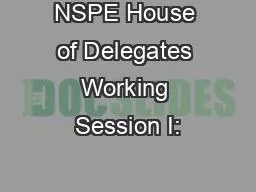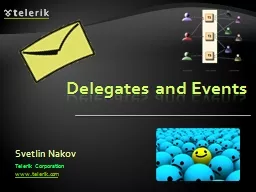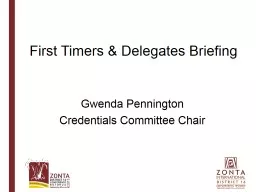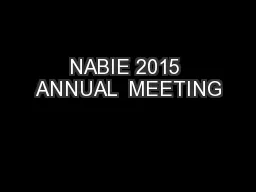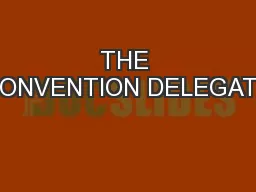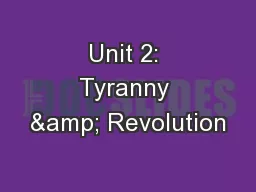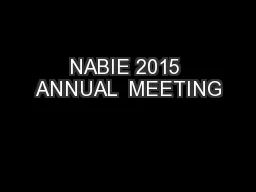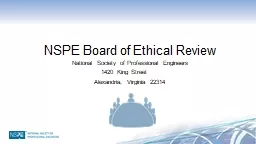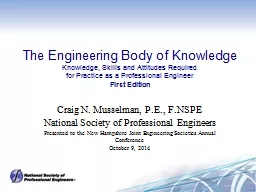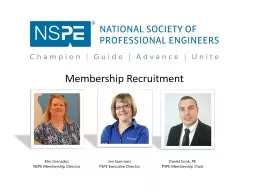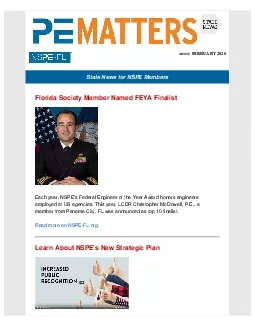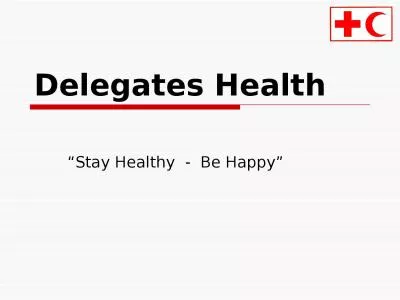PPT-NSPE House of Delegates Working Session I:
Author : mjnt | Published Date : 2020-06-24
Achieving a Collaborative Business Model Membership amp Affiliation Wednesday May 17 2017 Why a New Membership Business Model Membership Individual PEs with individual
Presentation Embed Code
Download Presentation
Download Presentation The PPT/PDF document "NSPE House of Delegates Working Session ..." is the property of its rightful owner. Permission is granted to download and print the materials on this website for personal, non-commercial use only, and to display it on your personal computer provided you do not modify the materials and that you retain all copyright notices contained in the materials. By downloading content from our website, you accept the terms of this agreement.
NSPE House of Delegates Working Session I:: Transcript
Download Rules Of Document
"NSPE House of Delegates Working Session I:"The content belongs to its owner. You may download and print it for personal use, without modification, and keep all copyright notices. By downloading, you agree to these terms.
Related Documents

